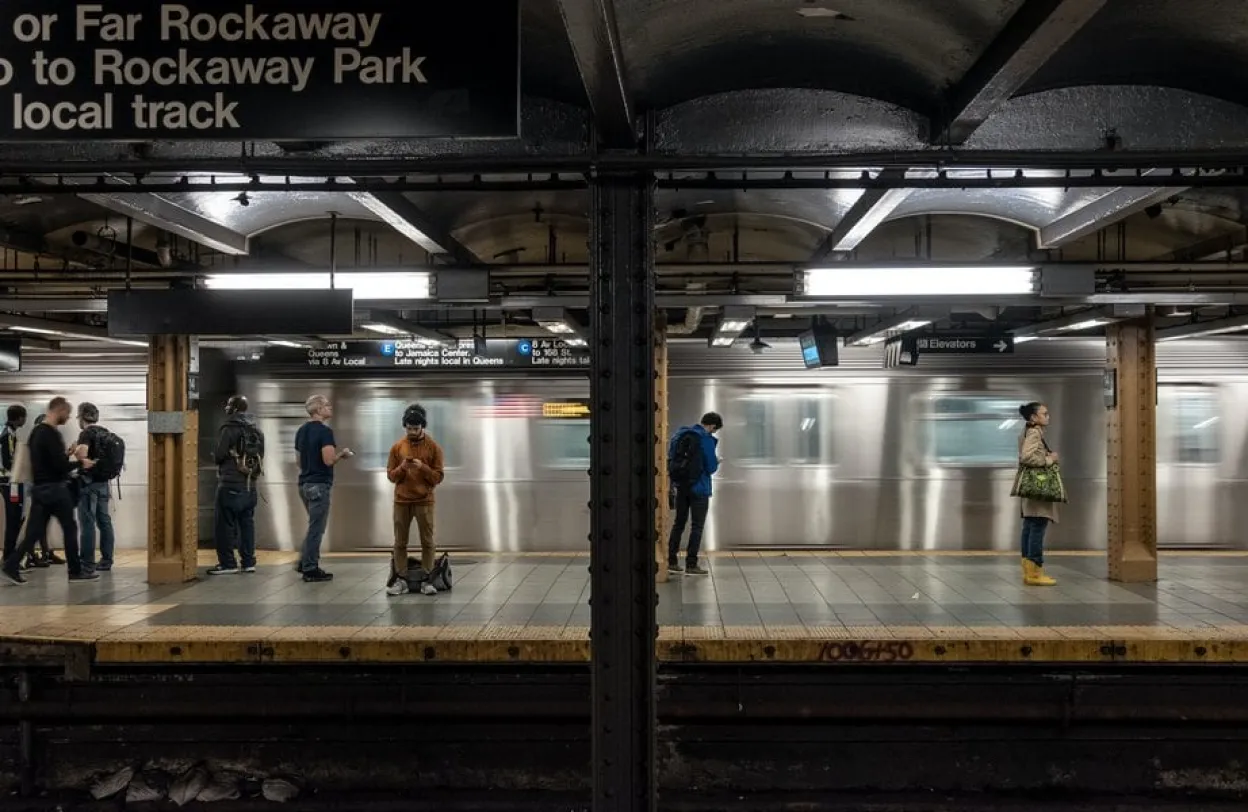Back in 2019, the MTA rolled out OMNY – an innovative contactless fare payment system that allowed riders to simply “tap n go.” A rider (whether a daily traveler or a tourist) could simply use their contactless card, mobile wallet or wearable to tap directly on the turnstile to gain access to the platform and the train. This was an innovative and easier way for riders to pay for their journey. As public transit returns to normalcy since the pandemic began in 2020, in July 2021, MTA logged their 100 millionth tap on these systems. This is significant for multiple reasons. First, the MTA manages one of the busiest subway systems in the US and this milestone represents a good rate of adoption for this new process. Second, it also represents how comfortable riders have become with using contactless payments.
Contactless payments have become the new standard secure touchless payment acceptance and have many benefits that are not just limited to enabling the “tap-n-go” functionality. In 2020, consumers rapidly learned to use this payment method in most shopping environments from retail to restaurants and are likely to expect it in transit over time.
Why Transit Operators Need Contactless Payments
1. Fast and Secure
Contactless payments are fast and secure. The transaction time when using a contactless card, mobile wallet or wearable is significantly faster (less than a second) when compared to traditional card payment. Which, in terms of a busy commuter could be the difference between catching a train and missing it. With the faster transaction, the operators are also able to move more commuters through the transit system. Contactless payments are also as secure as EMV transactions. In the case of mobile wallets, contactless payments have an additional layer of security as most smartphones use phone-based biometrics to verify and send payment information via NFC to the payment acceptance device.
2. Ease of Use
Contactless payments are easy to use. Riders can either tap their payment cards, mobile wallets or wearables on a payment acceptance device and be on their way at train stations or on buses. If the riders are purchasing tickets via a kiosk or ticket window, paying with contactless will be just as simple. When integrated with value-added services for mobile wallets, it can help transform the customer experience by letting riders add their train pass to their mobile wallets or even push alerts on travel conditions to their phones.
3. Reduces Cost
Accepting contactless payments can help operators reduce their costs over time. The OMNY implementation, for example, allows riders to directly pay on the turnstiles and get on the train instead of using a Metrocard or using a kiosk to buy it. Over time, as the adoption of contactless payments and mobile wallets increases, operators can expect to see savings when it comes to the cost of buying new kiosks for dispensing paper tickets and associated maintenance of these solutions.
4. Improves Rider Experience
Everyone who commutes via their local subway system knows the feeling when the turnstile doesn’t read your transit card properly or you don’t have enough value on it - making you miss your train and throwing your entire day into a jam. Contactless payments enable riders to buy their tickets/pass or smoothly walk through the turnstiles taking the friction out of their journey. For a tourist visiting a city with a subway system, they won’t need to buy a pass and can simply tap their contactless card, mobile wallet or wearable to take a train to their destination.
Future of Transit is Touchless
While paper tickets will still exist for people with no access to electronic payment methods, for most riders with credit/debit cards and mobile wallets or wearables, the game has changed. Contactless not only provides them a fast, secure and easy way to pay for their journey, it also helps operators reduce their cost over time and improve the overall rider experience.
If you are a transit operator and are looking for ways to make your rider experience more seamless and your operations more efficient, drop us a line.
Bruce Rasmussen is Director of Sales, Strategic Verticals at Ingenico, a Wordline brand











